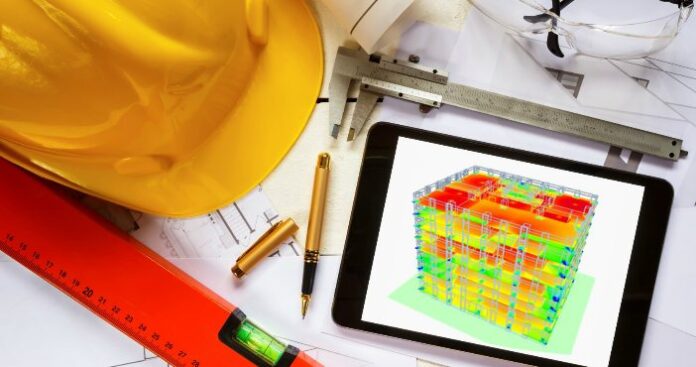More than 80 percent of mobile data traffic today originates or terminates indoors, and with the explosive adoption worldwide of both 4G and Wi-Fi technologies, ABI Research predicts that, by 2020, in-building mobile data traffic could increase to 53 exabytes per month.
Today more than ever, customers using cellular-network-connected devices (e.g. smartphones, tablets) expect high-quality, reliable wireless network connectivity everywhere they go, especially indoors, which historically meant poor network connectivity, or no network connectivity at all.
To address this problem, many enterprise and commercial segments, as well as airports, hotels, and shopping malls, have invested heavily in deploying Wi-Fi networks. However, this is not enough to satisfy today’s mobile customers who expect, at minimum, the same quality of cellular service and experience indoors that they experience outdoors.
The unfortunate reality is that more than 90% of commercial buildings worldwide do not have dedicated systems to guarantee high-quality, reliable indoor cellular coverage. This results in a negative experience for anyone relying on wireless network connectivity for voice and data services, including more than 50% of meeting organizers, office tenants, and hotel and resort guests who say they will leave and/or not return due to consistently poor quality of voice and data network connectivity. For this reason, it is necessary for building owners, property and facilities managers, and mobile network operators (MNOs) to deploy inter-RAT HetNets that integrate Wi-Fi and cellular technologies.
To help reduce cost and time-wasting redundancies, RF systems engineers should look for ways to simplify the process of planning and designing cellular and Wi-Fi systems as part of their in-building HetNet deployment. To learn more about how to simplify this process, RCR Wireless News spoke with James Morrison, Ascom VP of Product and Marketing, who said: “One way to simplify the process is by performing cross-system design and simulations for both cellular and WiFi at the same time, as opposed to designing each system in isolation.”
With TEMS iBuildNet, Ascom’s all-in-one HetNet planning and design tool, RF systems engineers can perform cross-system, indoor-outdoor design and simulation with highly accurate modeling of coverage, traffic steering, and handover between LTE and Wi-Fi systems. TEMS iBuildNet also features 3D planning and optimization with 3D ray tracing, full project cycle workflow management, intelligent automation, end user quality of service simulation, capacity analysis, smart import of CAD files, and one click configurable reports. TEMS iBuildNet is the superior solution for cost-effective deployment of optimally-designed, indoor-outdoor, multi-RAT HetNets.
“TEMS iBuildNet is the only HetNet planning and design tool that is vendor neutral, accurate within 5dB error margin 90% of the time, and able to reduce planning and design time by 50%,” Morrison said. “And in today’s competitive landscape, where enterprise and commercial property owners and managers, as well as MNOs, are working with limited budget constraints, it makes sense that TEMS iBuildNet should be the go-to tool for all indoor-outdoor HetNet deployments.”

